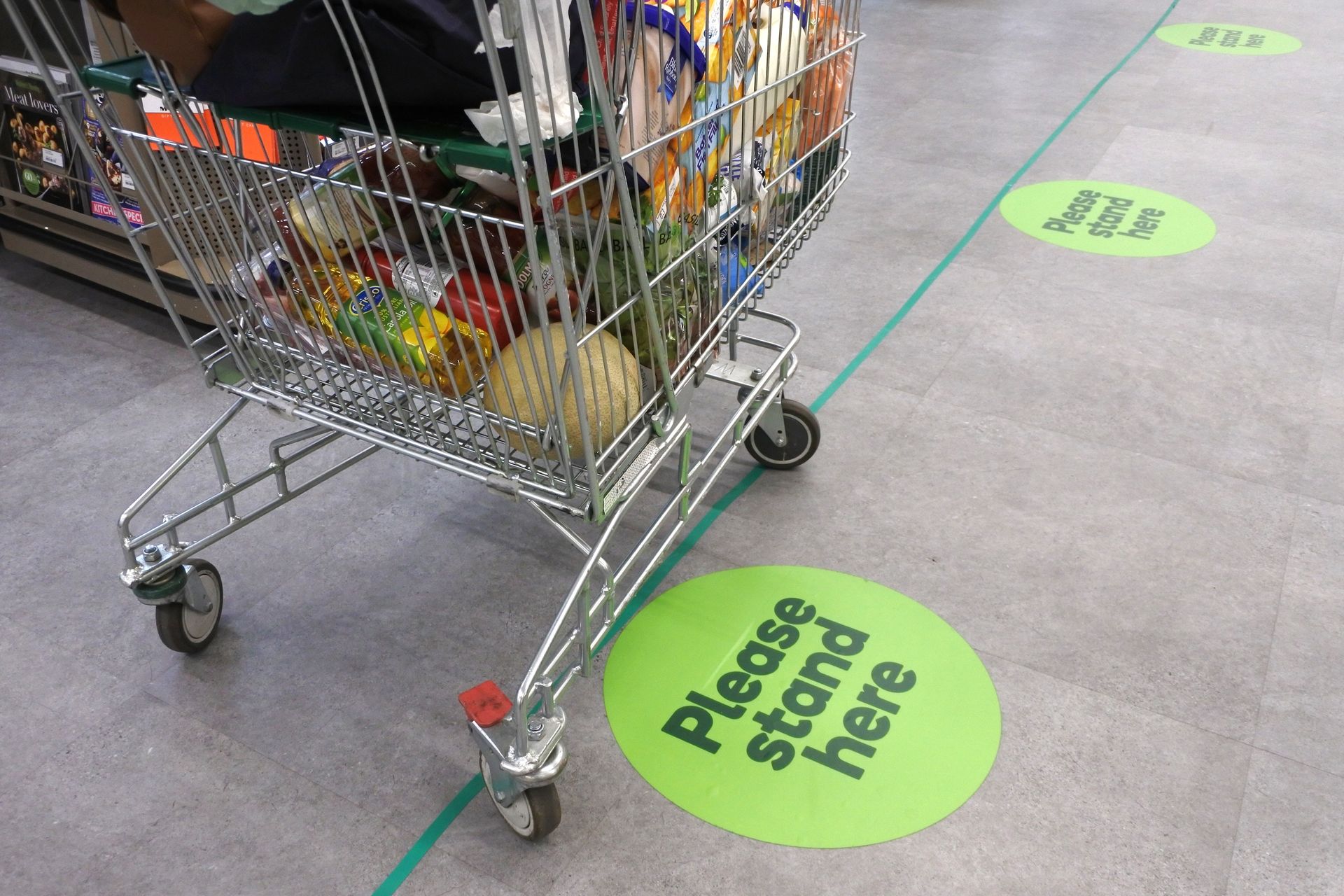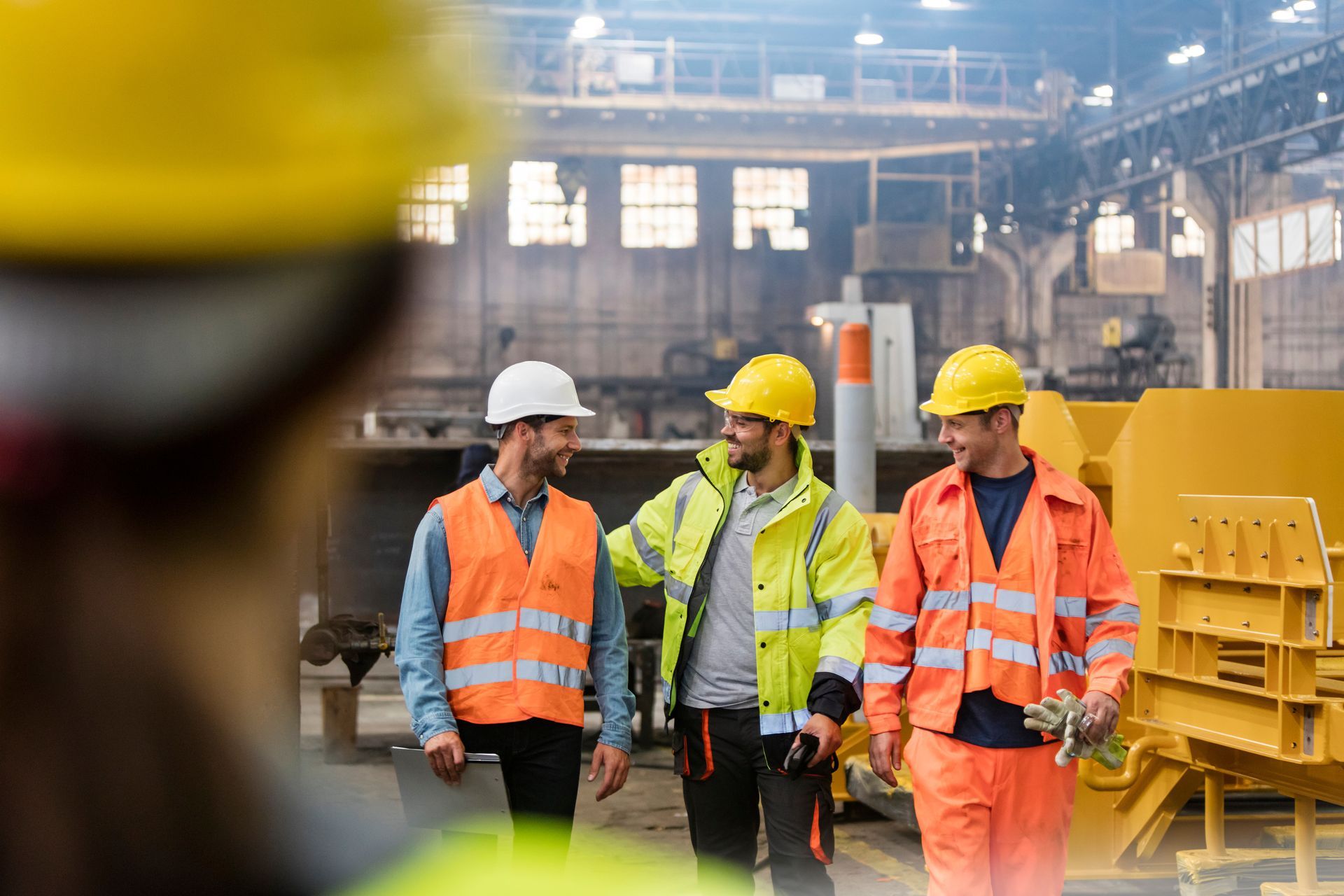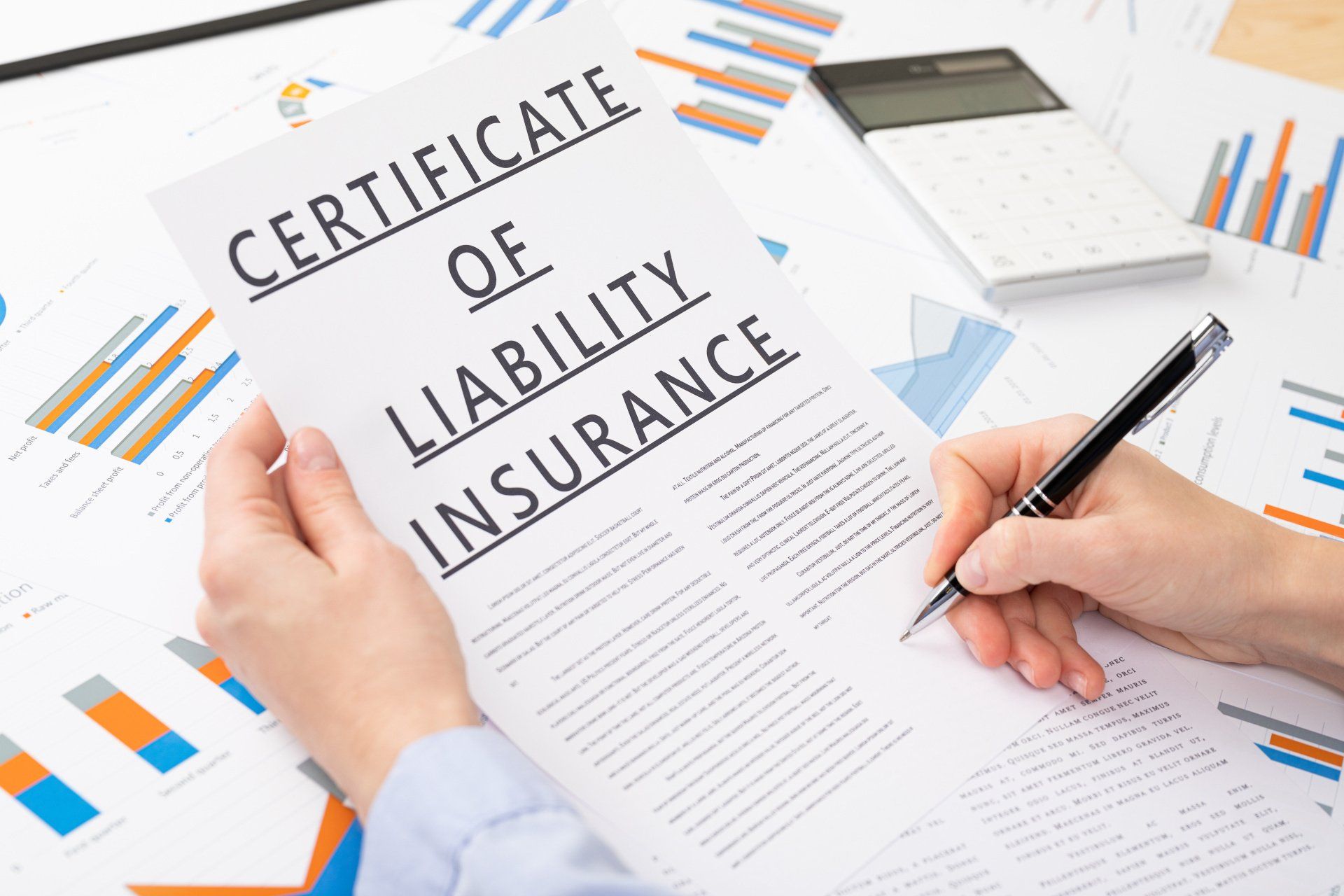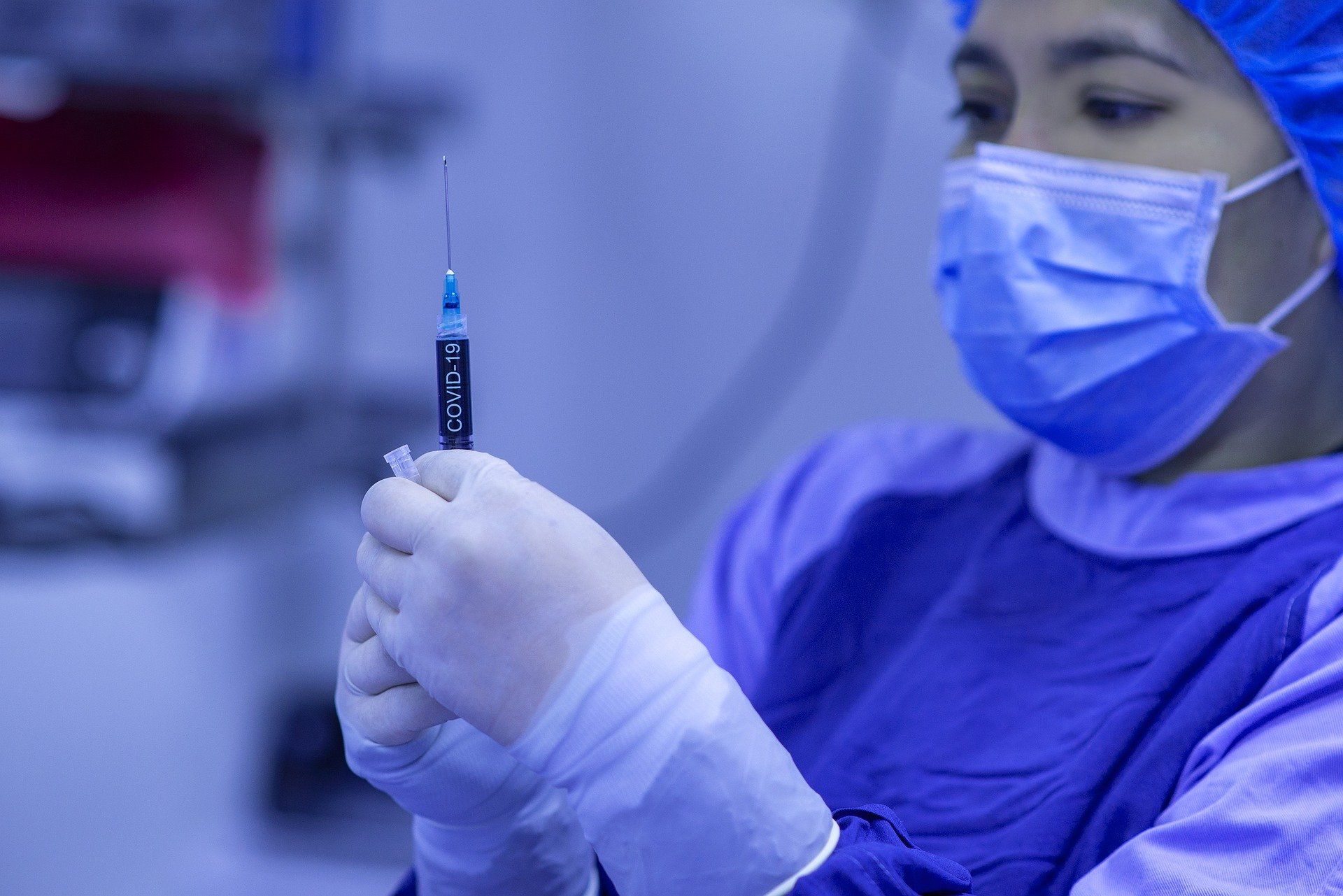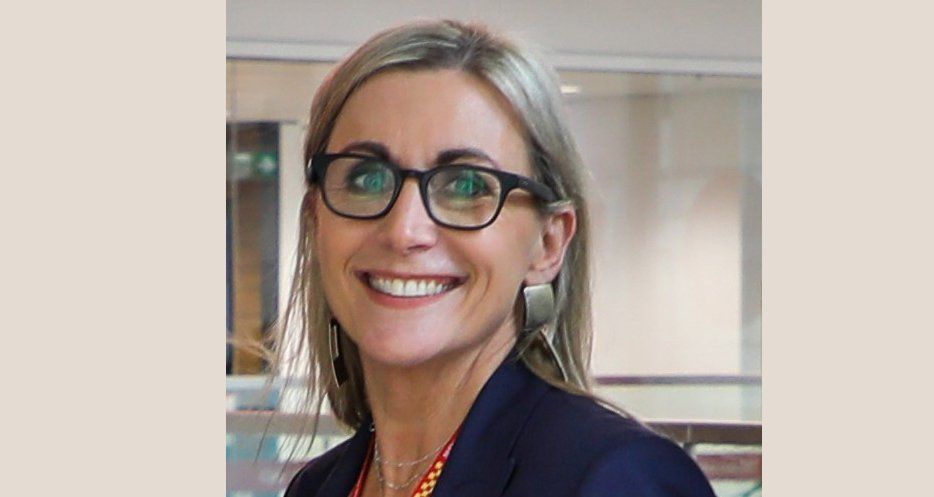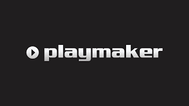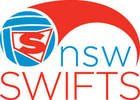Safety, Fire & Medical - Professional Assessment, Response & Training.
SaveLife has been providing Medical and Fire Warden services since 1999. We provide emergency service personnel, training and/or equipment no matter how big your event, from a local football derby to a large rock concert. SaveLife can prepare, review and implement, your risk management plan.
We provide staff to tackle any emergency
SaveLife have been supplying emergency crews and emergency management teams since 1999 to some of Sydney's largest venues and Australia's leading production companies.
We ensure when you order emergency crews - be it Medical or Fire Wardens - the crew will arrive on time and properly prepared to manage your emergency needs.
Staff
Medical Responders
SaveLife have a team of medical staff across a range of medical professions, and the experience to define exactly what level of coverage you will need. We can help you create a successful CoVid-19 health plan to meet the strict control measures set down by the relevant Health Department guidelines.
Safety Supervisors
Risk Management and Water Safety
SaveLife have hand selected a team of staff that are WH&S trained and experienced, ready to step in and implement your Risk Management Plans.
Our Water Rescue Teams are some of the best in the industry, with extensive experience in production builds and contenstant injury response.
Water Safety
All our courses are customised to your organisation’s needs, with training in First Aid, Fire Wardens and evacuation drills.
Specialist
We can formulate innovative and cost effective solutions to your fire safety issues. SaveLife Fire Wardens will continually check safety measures are in place and venue safety maintained.
Services
Training
All our courses are customised to your organisation’s needs, with training in First Aid, Fire Wardens and evacuation drills.
Risk & Safety Reports
We can formulate innovative and cost effective solutions to your fire safety issues. SaveLife Fire Wardens will continually check safety measures are in place and venue safety maintained.
Emergency Vehicles on Set
SaveLife have a team of medical staff across a range of medical professions, and the experience to define exactly what level of coverage you will need. We can help you create a successful CoVid-19 health plan to meet the strict control measures set down by the relevant Health Department guidelines.
Fire Detection System Isolation
Risk Management and Water Safety
SaveLife have hand selected a team of staff that are WH&S trained and experienced, ready to step in and implement your Risk Management Plans.
Our Water Rescue Teams are some of the best in the industry, with extensive experience in production builds and contenstant injury response.
Safety

SAFETY SUPERVISORS
SaveLife have a hand selected group of staff that are WH&S trained and experienced ready to step in and implement your Risk Management Plans.
Your Risk Management Plans are very specific to your industry, cutting across SFX, Stunt, Site, Construction and now CoVid. SaveLife offers the staff needed to help implement these control measures.
WATER SAFETY
At SaveLife we have learnt, it is one thing to provide a water rescue team, it is another to have one that integrates into the activities that are taking place in, under and around the water. Our Water Rescue team have worked with some of the best underwater engineers as they build some of the most complex scaffolding structures. While at the same time keeping non-water based staff safe. Then as the fun starts above the water, the water rescue team integrates with the SaveLife medical team to ensure timely response and treatment when crew and talent find themselves in need of help.
Trust is the foundation of great service
The importance of managing your medical, fire and safety needs is not lost on us - we're proud of our service and the philosophy that underpins our enviable reputation. Like the the level of service we provide, we hope you find your online experience organised, professional and informative.
| Features | |
|---|---|
| ✓ Trust | ✓ Expertise |
| ✓ Accuracy | ✓ Experience |
| ✓ Confidentiality | ✓ Professional |
COVID-19 Services:
COVID – PCR and RAT supplies and testing, covid specialist staffing
SaveLife News


